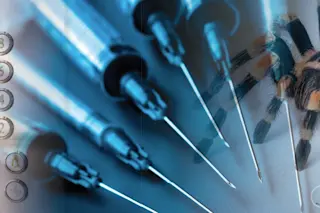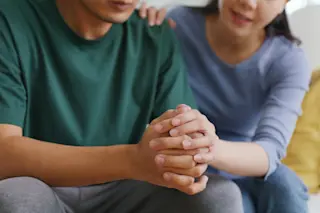As the students calmly watched from their seats, I gripped the lectern, secretly fighting waves of panic, while vertigo made my vision swirl and my stomach queasy. Somehow, words still came out of my mouth — words that were part of my lecture on vaccinations. As a college health and science writing instructor, I discuss vaccines every semester in an attempt to debunk the fallacy that they cause autism. But despite my regular speeches on the topic, they inevitably trigger a panic attack like the one I was currently battling in the classroom.
See, vaccines involve needles. And since childhood, I’ve had needle phobia. Even thinking about them sends me spiraling into a private hell inside my mind, while my body gives way to symptoms like heart palpitations and even fainting.
Years of struggling with my extreme reactions had left me wondering: Where did my phobia come from? And could ...















